Companies
The creation of Khazzan: From sand to city
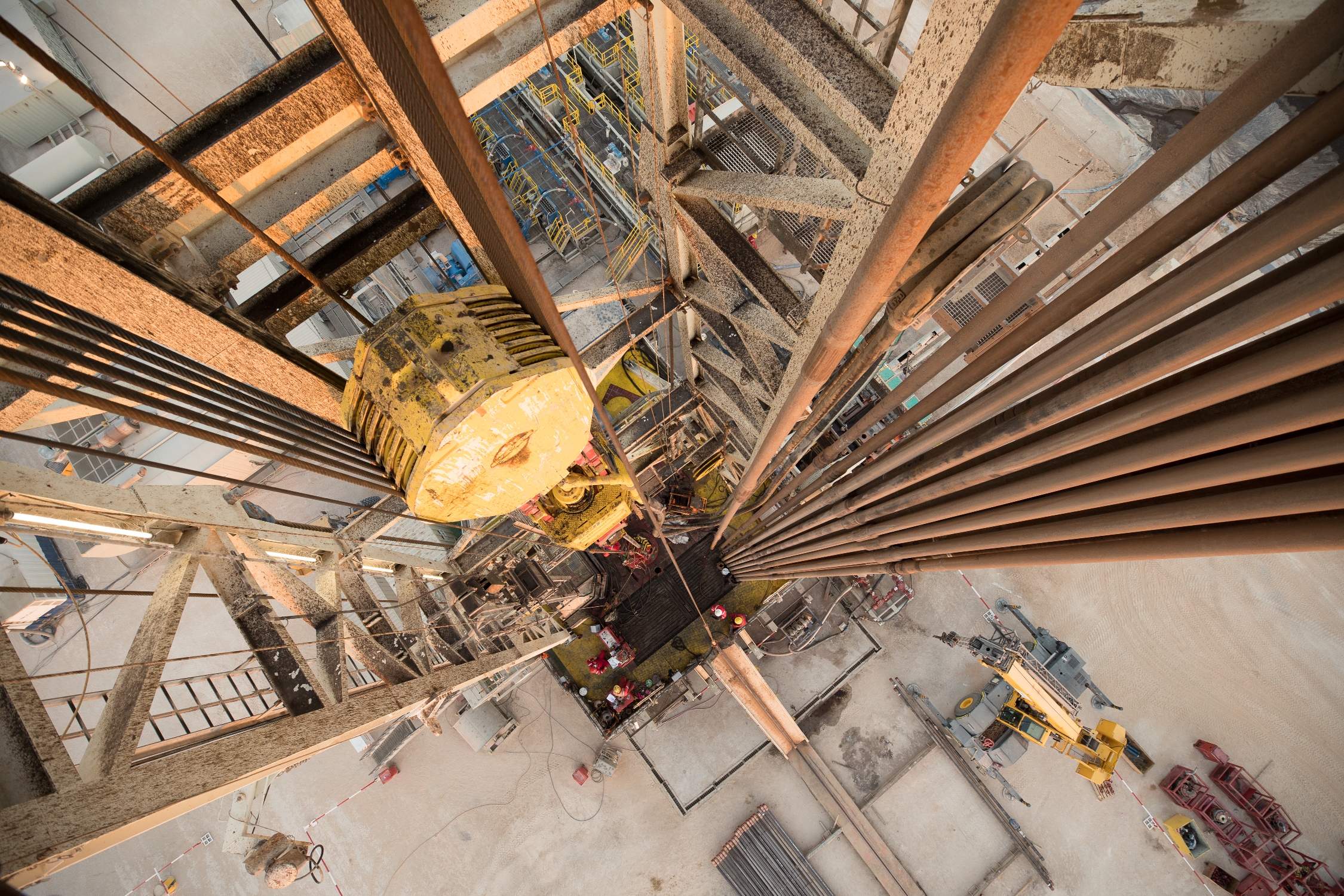
How BP transformed a remote Omani desert to a massive gas operation facility the size of Greater London

Converting a land mass covered by an enormous semi-sandy desert plain, dunes and flat terrain to a massive gas field, the size of Greater London, is nothing short of a miracle. BP Oman did exactly this when it turned a remote region deep in Oman’s desert to a gas processing plant. Located almost 220 miles (350 kilometres) southwest of Muscat, the facility also includes accommodation blocks, medical and sports facilities, warehouses, workshops, an electricity substation, a water treatment plant, state-of-the-art telecommunications and offices – all built to support a network of well sites across a vast area.
The Khazzan tight gas field in Oman which started production recently is the latest of BP’s seven major projects to come online this year and certainly one of the most challenging. From the industry-leading technology required to unlock resources trapped under three miles (five kilometres) of solid rock, to its remote desert location necessitating the entire operation’s infrastructure to be built from scratch, Khazzan represents a major feat of engineering.
The Khazzan field which has started producing and processing gas from the first 50 wells is expected to make a significant contribution to Oman’s domestic supplies. Under the first phase of development, Khazzan is expected to produce 1 billion cubic feet of gas per day (bcf/d) from 200 wells. A second phase – approved by the government in November 2016 and now under appraisal – would add another 0.5 bcf/d. So important is Khazzan to Oman, providing a vital source of energy for a country with big plans but limited oil reserves when compared with its Gulf neighbours. HE Dr Mohammed bin Hamad Al Rumhy, minister of oil and gas, stated, “I am delighted to see BP delivering Phase 1 of the project ahead of time and under budget. This will result in realising more gas reserves and production of gas that our country needs to support our energy planning and requirements.”
Unlocking tight gas
Khazzan was actually discovered in the late-1990s by Petroleum Development Oman – the country’s national energy company – but the economics at the time proved too challenging. The field is buried under layers of very hard, very old rock, with the gas locked in reservoirs with low permeability. In other words, it’s tight gas. By 2007, BP had developed industry-leading expertise in the extraction of tight gas, particularly in North America. This technical experience greatly helped BP to win the Khazzan bid.

A year later, a small team was out in the desert conducting what was the largest land seismic study at the time, using new, Location Report innovative techniques to cover the entire 1,081 square-mile (2,800 square-kilometre) block in record-breaking time. A three-year extended well test followed and, in 2014, the results convinced the Government of the Sultanate of Oman to give BP the go-ahead to move into full-field production, on the promise of first gas by the end of 2017.
It’s hard to overstate the challenges that faced BP when Khazzan was just desert and GPS data. The company moved from ‘execute’ to first gas in just 42 months. By any industry standard, that is very fast for a development of this type, let alone one in the middle of the desert with no infrastructure. In most projects like this, companies start the project after building the infrastructure first. BP had to do both at the same time.
In that first year, the company had to build camps and kitchens that could eventually cater for a peak of 13,500 people, in addition to water and treatment plants, electricity substation and the largest fibre-optic networks in any BP asset. BP had to build roads that were strong enough to support the weight of the landbased drilling rigs.
The ambitious speed in ramping up activity was a challenge: In the space of about one year, the project went from having one rig to 10, and from drilling three wells a year to 30. It’s been crucial to keep on top of that pace and the amount of data coming in from the field. State-of-the-art computer modelling and fully integrated workflows have helped to process that data and, along with better than expected results from the first development wells. The team was able to improve the field development plan, which helped to knock around $4bn off the expected capital expenditure over the life of the project – useful at a time when oil prices continue to hover around $50 a barrel.

Under the original development plan, around 300 wells were to be drilled, the majority of them horizontal. But, with better knowledge of the resource base, the team recommended that number drop to around 200, with a 50:50 split between vertical and horizontal wells.
BP’s reservoir development team identified the key trends in reservoir quality and well performance, which gave them the opportunity to fully optimise the well layout and its drilling sequence, while keeping the delivery of the commitment and maximising value for the project.
Drilling was complicated and, in Oman, where the rock has been baked hard over millennia, traditional drill bit designs were proving inefficient. BP’s subject matter expert from the global wells organisation (GWO) worked with its suppliers to redesign drill bits that could cope better with the high compressive strengths in Oman. As a result, the team have seen significant improvements in the ‘rate of penetration’, which is helping it to reduce well costs.
For example, in the 121 /4-inch hole, they have gone from drilling 30 feet (nine metres) per hour to an average of 62 feet (19 metres) per hour and managed to drop the average number of drill bits used from 2.6 per well to 1.3. This improvement in longevity has eliminated the need to remove the drill bit from the well in 75 per cent of the wells, which has had a significant impact on the cost.
Given BP’s technical experience in the US, it was only natural that GWO and the regional Khazzan team worked closely with BP’s Lower 48 business in the US, which has a lot of experience in hydraulic stimulation techniques to produce tight gas wells, particularly in horizontal wells.
Health, safety, environment
With so much activity on site, the priority of keeping people safe throughout the project has been a particular challenge and Khazzan’s strong safety record overall is a testament to the commitment and focus on awareness and training. More than 91 million manhours have been worked with only two days away from work cases per year recorded over the project.

BP Oman country president Yousuf Al Ojaili emphasises the important role that leadership plays in keeping the focus on safety. “We work hard to ensure that safety is uppermost in people’s minds and that people feel able to speak up if they see something wrong. Two members of my leadership team visit the site every month to encourage that dialogue and I’m pleased that we have strengthened the way we report incidents and near-misses. It shows that people are watching out for each other. As well as inspecting, we make a point of commending people who have performed in a safe manner.”

Being out in the desert heat is a major risk to be managed, with temperatures reaching highs above 50˚C (122˚F), which means that Khazzan has needed access to one particularly important resource: water. Since there’s no potable water out at the site, water had to be piped in from wells drilled 37 miles [60 kilometres] away. BP also had to build a reverse osmosis plant to make the saline water drinkable and a treatment plant to deal with the wastewater. Oman’s environmental regulations – set up by the very progressive Sultan Qaboos bin Said Al Said – require water use to be managed carefully, with almost all the water consumed recycled for other
uses on site.
Water isn’t the only environmental consideration at Khazzan – air quality, greenhouse gas emissions, flaring and waste all have to be managed. Since Oman currently has no national hazardous waste facility, every operator has to manage its own waste. BP has built its own landfill site and a facility to manage hazardous waste until a national site is operational.
Reducing greenhouse gas
Without doubt, the largest visible footprint on the site is the huge, two-train central processing facility (CPF). Built using high-alloy stainless steel to reduce the risk of corrosion from the carbon dioxide and hydrogen sulphide found in the gas, the CPF also features a giant ‘slug catcher’, specifically designed to help Khazzan reduce its greenhouse gas emissions. The slug catcher is a bit like a series of large trombones laid side-by-side and is one of the largest ever built by BP. Its job is to remove water and condensate from the gas before it is piped to market.

Building one large central facility removes the need for processing equipment at every well, minimizing the number of potential sources of methane emissions in gas production. The CPF is powered by some of Khazzan’s gas, and electricity is generated on site to power well-site equipment such as valves and pneumatic devices, further reducing the amount of methane that is emitted. Where sites are too remote to be connected back to the CPF, solar panels are installed. And, by recycling waste heat from the gas turbines, the CPF achieves twice the efficiency of a typical oil and gas asset.
If the second phase of development – called Ghazeer – gets final sanction in early 2018, then the CPF will eventually have a third train added to manage the additional production. It’s difficult to do justice to all the pieces of work and all the people that have come together to make first gas at Khazzan a reality. But, it’s clear that as first gas turns into daily production and efforts now shift to making the case for Phase 2, there is an enormous amount of pride in what has been achieved in such a short space of time.
-
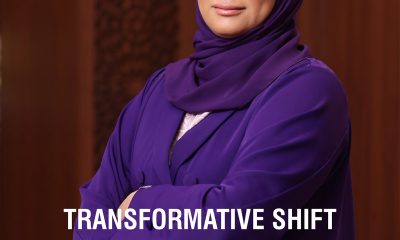
 OER Magazines2 months ago
OER Magazines2 months agoOER, February 25
-
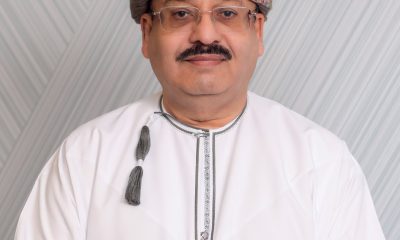
 Alamaliktistaad Magazines2 months ago
Alamaliktistaad Magazines2 months agoAl-iktisaad, February 2025
-

 Economy1 month ago
Economy1 month agoIs Gold a Good Investment in 2025? A Deep Dive into the Precious Metal’s Future
-
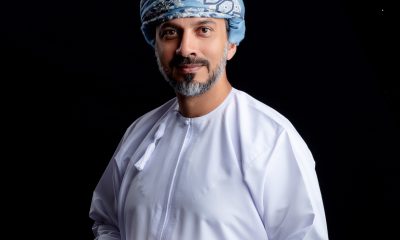
 Banking & Finance2 months ago
Banking & Finance2 months agoSohar International Appoints Abdul Wahid Mohamed Al Murshidi as Chief Executive Officer
-
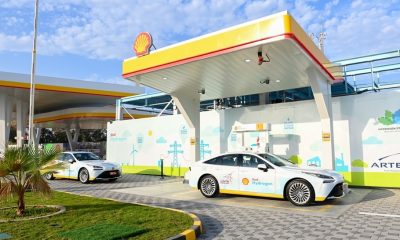
 Energy2 months ago
Energy2 months agoOman Gets Its First Hydrogen Refueling Station
-
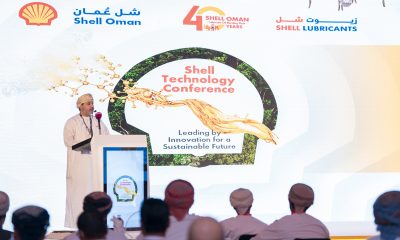
 News2 months ago
News2 months agoShell Oman Marketing Company Hosts the 1st Lubricants Technology Conference in Muscat
-
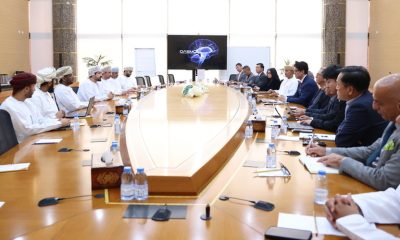
 News2 months ago
News2 months agoOman Explores Semiconductor & EV Investments with EONH Private Holdings & Jetour Global
-
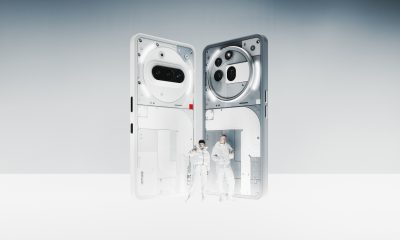
 News1 month ago
News1 month agoNothing Phone 3a and 3a Pro launches in the Middle East
































You must be logged in to post a comment Login